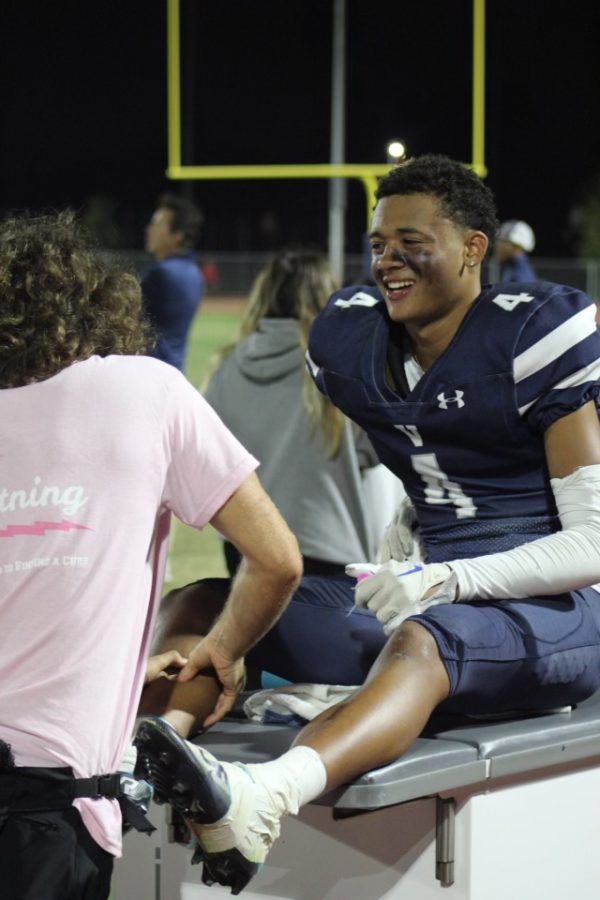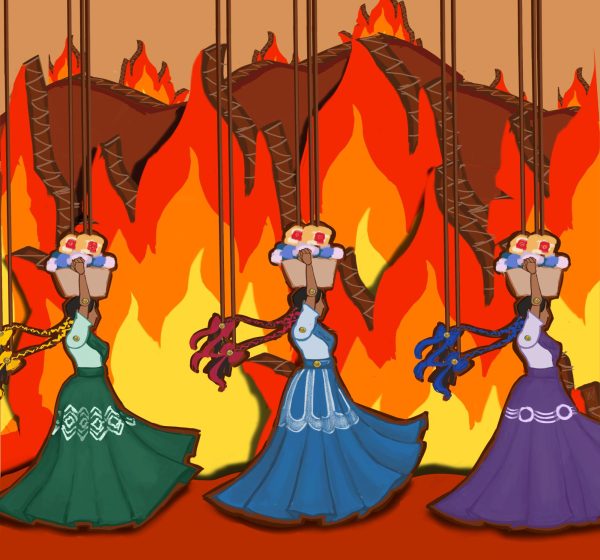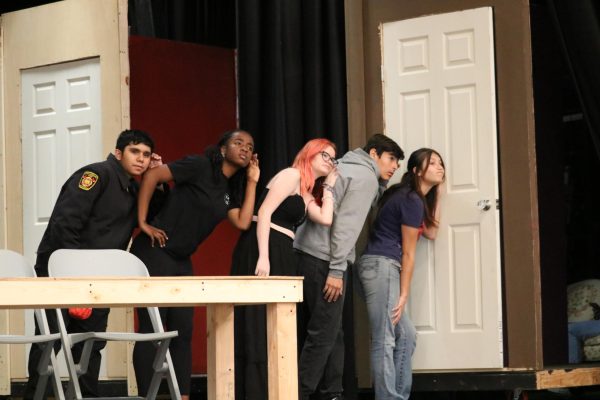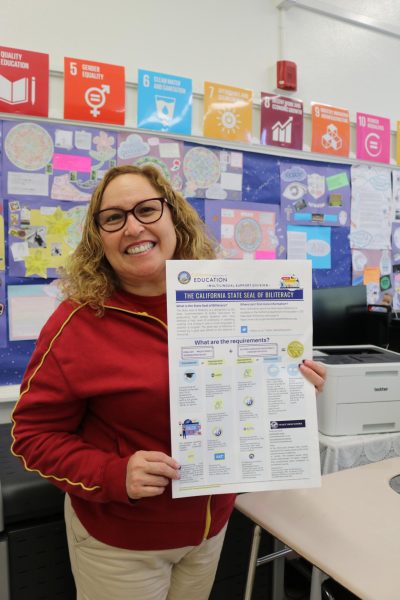Student Athletes At Venice High Work Through The Hardships Of Being Injured
February 17, 2023
Early last month, Buffalo Bills safety Damar Hamlin collapsed after suffering a cardiac arrest during a Monday Night NFL game.
He went into cardiac arrest after he may have suffered what is called commotio cordis—when a player is struck over the heart at the wrong time during their heartbeat.
Serious and unexpected injuries are lingering thoughts that athletes have when they’re playing a sport. It’s brought a lot of conversation among Venice athletes who risk getting injured during competition.
Athletic Director Robin Hunt said when it comes to sports injuries he helps with the process of making sure that athletes who get injured receive the adequate help deemed necessary for them to make a full healthy recovery. Having Venice’s Sport Medicine Academy is helpful, too.
“The good thing about us having a Sports Med class, team and trainer, Jason Noonan, is that kids and coaches are more acutely aware of their body and the possibility of injuries,” he said. “So we have a lot more people being proactive.”
The purpose of Venice’s Sports Medicine Academy is to help maintain the wellness of athletes. You’ll see them on the sidelines during the games, ready to address any injuries that may happen.
Noonan has been at Venice High since November 2021. There’s a particular process Sports Medicine personnel goes through when any injury happens.
“Our first job is to make sure that the athlete is breathing, just making sure their breathing is under control, so we can get the best answers out of them and really figure out what’s going on,” he said. “We have a series of special tests of different evaluation techniques that we do to rule out certain fractures or broken bones, torn ligaments, just to kind of assess if this is a life-threatening situation or not.”
One important device that is always on the sideline is the automated external defibrillator, Noonan said.
“That’s a big injury prevention thing,” he said, “so with cases like cardiac arrest or if someone’s heart is not beating, that’s what we want to make sure that AED is as close to the athlete as possible.”
Football coach Angelo Gasca said that injuries are probably the hardest part of football.
“It’s probably the hardest thing that we have to deal with,” he said. “It’s, you know, unfortunately, a tough game and it’s part of the game sometimes that we have to deal with.”
Senior Robert Lamar suffered from an injury that resulted in him breaking his arm during the last football game of the season against Birmingham November 10. He just got his cast off last month.
“While playing sports, I can say I’m very cautious especially knowing that I might be injured, so I’ll take every play like it’s my last,” he said.
Senior Rashawn Jackson, another football player, has committed to UNLV. He said his love for the sport outweighs his fear of getting injured.
“When it comes to injuries, I really don’t like to pay too much attention to it, because I really don’t care about getting injured because I love the game,” he said. “I love it so much.”
Senior Cindy Vela, a captain of the girls’ soccer team, said she’s had several injuries in her life, and sometimes that impacts her during games.
“After my concussion during my freshman year season, everytime we have an away game at Fairfax, I start getting flashbacks of the injury that happened.”
She expresses she felt scared during the games at Fairfax.
“I felt scared of the possibility of the injury and how serious it could be. This wasn’t my first concussion but it was the worst one I’ve gotten. I lost consciousness.”
Senior Tatiana Diaz, a captain on the cheer team, said that her trust in her team and her coaches helps her feel confident when engaging in the sport.
”Knowing that your coach has your best intentions in mind is comforting,” she said. “Knowing I wouldn’t be put at risk purposely is something that comes with trust ultimately earned over time, but personally I feel safe enough to be asked to do anything without giving the chance of injury any second thought.”
There are different injury precautions that are done in some sports to help lessen the chances of a severe injury. For example, some football players take pre-therapy, which is a type of physical therapy that helps prevent injuries during games, according to Lamar.
In other sports like cheer, spotting is important when trying a new stunt, said Diaz.
”We make sure to have what’s called a ‘four-corner spot’ to make sure every end of the stunt is covered and has someone prepared to catch if anything were to go wrong,” she said.
Cliff Kensinger is a parent to a current student athlete at Venice. He also had two children graduate as student athletes from Venice last year, including his son, Thomas, a football player. Danielle, his daughter, played volleyball.
Even though there are often injuries, Kensinger said he believes children should go out and play.
“I personally think all kids want to be active, play sports and take a little risk. The most injuries I’ve had with my kids were outside of school, not even within their sport. I think there’s risk everywhere—you just have to weigh it against your enjoyment against your activity.”
Venice is lucky to have its Sport Medicine program, Kensinger said.
“It’s really amazing to me to see that the school has a ready to go team on the sidelines at the games. I don’t think there’s many schools who have such a team and that level of support. And as a parent it really makes me feel great with the situation in any sport when there is a support staff like that in place.”





